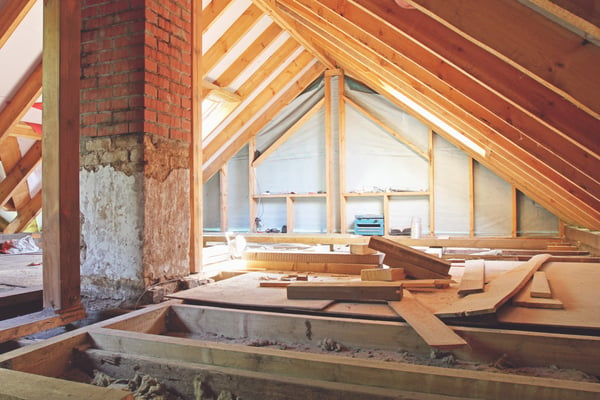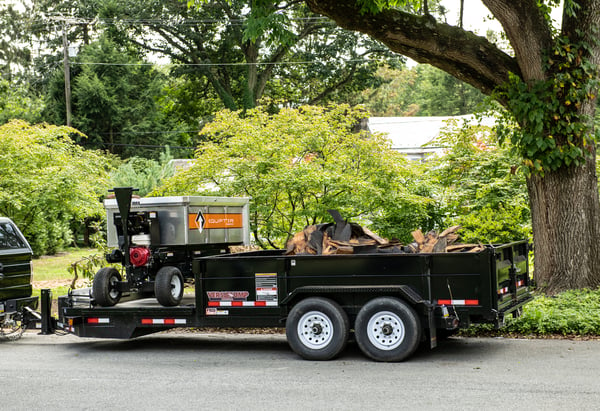
With the excessive amount of debris on restoration and remediation jobs, the right debris management plan can save you time and energy and even boost your bottom line.
What should your debris management plan include?
If you don’t have a set strategy for cleaning up your job site, it’s easy to make one. Just make note of the following and review it with your customers and crew members:
- Who’s in charge of cleanup
- The cleanup process
- Equipment used
What are the benefits of developing a restoration debris management plan?
The right debris removal tools make all the difference whether you’re restoring the interior or exterior of a building or repairing damage from a natural disaster.
1. It creates a safer and cleaner work environment.
Rather than having trash strewn all over the property, a well-defined and executed debris management system helps maintain safer and cleaner work areas for your crew and customers. Your crew members won’t need to tiptoe around sharp-edged debris loaded with rusted nails or stress about tripping over stray boards.
Cleaner work environments mean fewer workers comp claims, which translates to safely and efficiently completing jobs on time (or early) every time.
2. A debris management plan helps get jobs done faster.
Sure, a clean work environment can lead to a rise in productivity. So can having a plan. When the crew knows what’s expected of them before the job begins, they won’t waste time asking questions or trying to figure out what goes where or how they’re going to haul trash from one spot to another during production.
Some debris management equipment can serve multiple purposes. Self-propelled Equipter dump containers not only streamline debris cleanup, they also help transport materials and tools across the job. This saves your crew time and energy, because they aren’t manually hauling everything around the job. Production increases when your workers aren’t drained from setup.

3. It’s easier to sell your services.
Including a structured debris management plan in your proposal shows you care about your customer’s property in addition to the quality of work you provide. If you don’t include the plan in your proposal, be sure the sales rep in charge of that account provides the information to your prospective customer.
Marketing your production process leaves a bigger impact with prospects than if you only market the company name. Equipter dump container owners have access to professionally designed marketing materials that feature this equipment to help prospects better understand how the contractors will keep their properties intact.
4. A restoration debris removal plan can help raise your bottom line.
All of the above combine to create a unique, positive customer experience. That word spreads fast, fueling a higher referral rate.
When your referral rate rises, so does your close rate. Closing and completing more jobs every month boosts your bottom line, allowing you to allot more finances to further increasing your efficiency, productivity, and number of crews. As your business grows, so will your bottom line.
The amount of time your crew saves with multifunctional restoration equipment can reduce your expenses on each job. A one-time investment (typically one crew member’s salary or less) that pays for itself through your increased referrals can bring you nothing but profit in less than five years.
Have tips for helping others improv their debris disposal strategies? Find this post and share them on our Facebook page!
